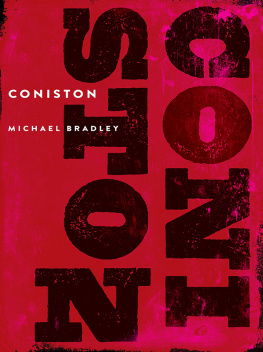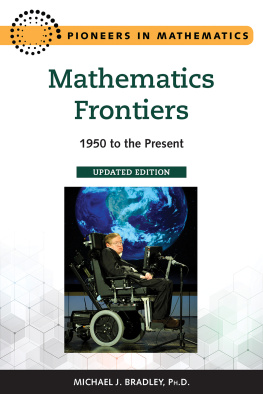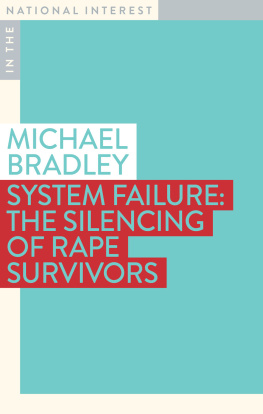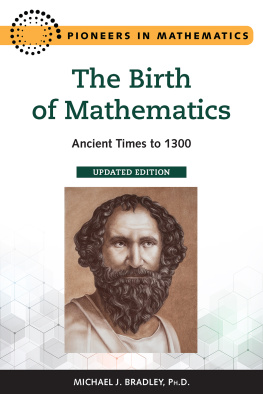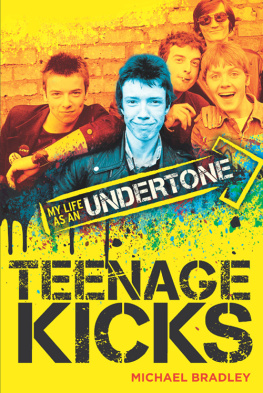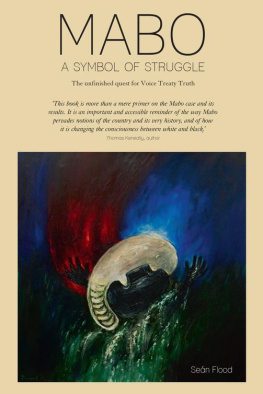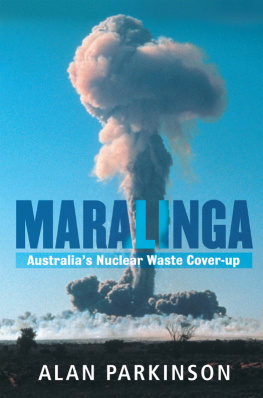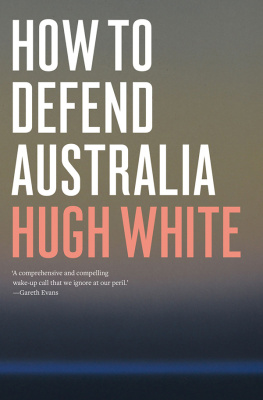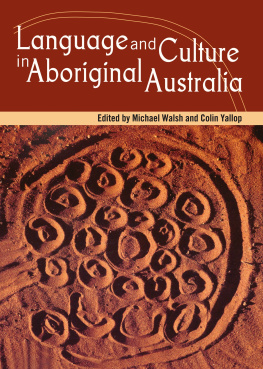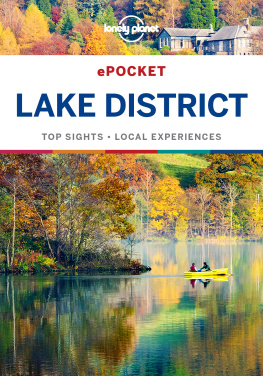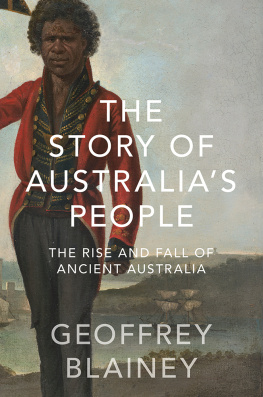CONISTON
MICHAEL BRADLEY

Michael Bradley is a lawyer and writer. He is the managing partner of Marque Lawyers, a commercial law firm in Sydney which he and his colleagues founded in 2008. He practises in media, administrative and regulatory law. Michael is also a widely published writer, with a regular op-ed column in Crikey and previously with The Drum and The Australian Financial Review as well as articles in The Saturday Paper, The Sydney Morning Herald and other publications. He writes on law, politics and social justice.
To Charmaine, my reason
First published in 2019 by
UWA Publishing
Crawley, Western Australia 6009
www.uwap.uwa.edu.au
UWAP is an imprint of UWA Publishing, a division of The University of Western Australia.

This book is copyright. Apart from any fair dealing for the purpose of private study, research, criticism or review, as permitted under the Copyright Act 1968, no part may be reproduced by any process without written permission. Enquiries should be made to the publisher.
Copyright Michael Bradley 2019
The moral right of the author has been asserted.
ISBN: 978-1-76080-103-8

Cover design by Peter Long
Typeset by J&M Typesetting
Printed by McPhersons Printing Group

CONTENTS
FOREWORD
Makarrata is the culmination of our agenda: the coming together after a struggle. It captures our aspirations for a fair and truthful relationship with the people of Australia and a better future for our children based on justice and self-determination.
We seek a Makarrata Commission to supervise a process of agreement-making between governments and First Nations and truth-telling about our history.
Coniston is, for me, one of the first postUluru Statement from the Heart histories. The Uluru Statement from the Heart and its call for structural reform, Voice, Treaty, Truth was motivated by the need to propose a staged and sequenced approach to a formal settlement in this country where First Nations have never ceded the land. Coniston is about truth. The Coniston story is one of the more well known, at least among Aboriginal people, because it is cited frequently as the bookend of the killing times. Coniston is less known among Australians. Yet, as Michael Bradley makes plain in this book, there is plenty of information about Coniston. In fact, the forensic research herein, piecing together the truth of Coniston, presents an important counter-factual to the common refrain Why Werent We Told? Before and post-federation, the colony/nation conducted many public inquiries into the very lengthy period of dispossession through killing over many, many decades. The nation has voluminous state records, parliamentary committee reviews and other inquiries into the frontier wars and massacres. We Were Told.
I was the only Aboriginal constitutional lawyer on the Referendum Council that set up the constitutional dialogues, designed and conducted to ascertain from a sample of First Nations what form of constitutional reform would be acceptable to them. This was an exercise in the Australian government retrofitting consultation with First Nations people six years after the modernday recognition project was set in train by Prime Minister Gillard. What we, Noel Pearson, Pat Anderson, Dalassa Yorkston, I and others, experienced as Aboriginal and Torres Strait Islander Referendum Council members in the dialogues was something extraordinary. We designed the dialogues to build in an early discussion on what recognition may mean in the local region; that is to say, how would reforms to the Australian Constitution (that Turnbull and Shorten agreed we could present to the dialogues) make a difference to their lives on the ground. However, from Hobart to Broome to Thursday Island, before we could even contemplate moving to assess constitutional proposals, each dialogue raised as a first order priority the question of truth and Australian history. We know as Aboriginal people that Australias history begins with the invasion, first contact, the short-lived conciliation phase, the frontier wars or killing times, the protection era, the assimilation period and, eventually, the self-determination era ushered in by Whitlam. Many referred to this as the true history of Australia. Participants in the dialogues earnestly wanted to know whether Australians wanted to know about what happened to them. Do they want to know? they asked.
Bradleys Coniston answers that question.
The Northern Territory was the location for two dialogues that led to the national constitutional convention at Mutitjulu. The first was run by the Northern Land Council in Darwin. The second was run by the Central Land Council in Ross River. Both referred to the massacres and killings that opened up the country to pastoral development and, eventually, mining. The following is an extract from the record of meeting from the Ross River dialogue we used in the Uluru Statements Aboriginal history of Australia, titled Our Story.
Participants expressed disgust about a statue of John McDouall Stuart being erected in Alice Springs following the 150th anniversary of his successful attempt to reach the top end. This expedition led to the opening up of the South Australian frontier which led to massacres as the telegraph line was established and white settlers moved into the region. People feel sad whenever they see the statue; its presence and the fact that Stuart is holding a gun is disrespectful to the Aboriginal community who are descendants of the families slaughtered during the massacres throughout central Australia.
Bradley talks about McDouall Stuart in his book, and captures powerfully in the book the consequences and, as absurd as life is, the future good fortune of those who were intimately involved in or sanctioned the killings. The sentiments of the people at Ross River about truth-telling and the humiliation of overt displays of Australian idolatry towards explorers who also led massacres and reprisals were shared across the nation. The story of Australia that we tell ourselves is asymmetrical and impedes progress towards justice. After all, as Brennan J put it bluntly in Mabo v Queensland
(No 2), Their dispossession underwrote the development of the nation. This is why the Australian reconciliation process was so severely criticised in all the dialogues. Reconciliation processes around the world involve truth and justice. Australia, it seemed to many dialogue participants, seeks to elide both of these. And this is why reconciliation is a failing framework in which to unite the nation. As the dialogues repeatedly stated, the concept is flawed because to reconcile means to restore friendly relations. It implies a prior relationship that, to many First Nations, did not exist.
Michael Bradleys crisp retelling of Coniston is a jarring but necessary read for all Australians. May it inspire more Australian writers and lawyers and historians to consider the ways they can contribute to the truth-telling of the nation. The Uluru Statement from the Heart concludes with an invitation to all Australians:
In 1967 we were counted, in 2017 we seek to be heard. We leave base camp and start our trek across this vast country. We invite you to walk with us in a movement of the Australian people for a better future.
I am sure I speak for many First Nations people when I say that we are very pleased that civic-minded lawyers like Michael Bradley have accepted this invitation to walk with us in a movement of the Australian people for a better future.
Next page
